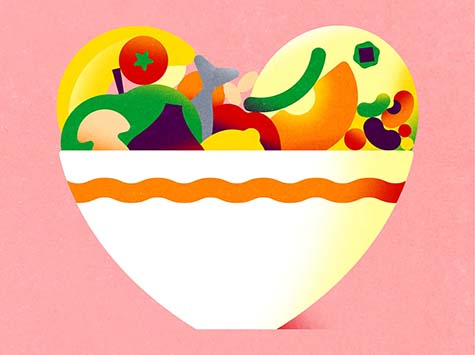
The DASH diet was shown to lower blood pressure decades ago, yet few people follow it. Here’s how to give it a try.
More than two decades ago, researchers showed that the Dietary Approaches to Stop Hypertension (or DASH) diet, which is rich in fruits, vegetables and whole grains, could dramatically reduce high blood pressure. This was true even when clinical trial participants consumed high levels of sodium.
Nearly half of adults in the United States have high blood pressure, so a lot of people would benefit from adopting the DASH diet.
In the years since, more than two dozen clinical trials have confirmed the DASH diet’s remarkable ability to lower blood pressure. Research also suggests that vegetarian, low-carbohydrate and Mediterranean diets can reduce blood pressure, but the DASH diet is backed by the best evidence, the American Heart Association and American College of Cardiology noted in their 2017 guidelines.
For lowering blood pressure, it’s “the way to go,” said Dr. Crystal Tyson, a nephrologist and hypertension specialist at Duke University School of Medicine.
As with any diet, it can feel overwhelming to adopt, Dr. Tyson said. Start by finding a reputable meal plan online or a cookbook for the diet, she suggested.
And know that there’s room for flexibility, Dr. Tyson added. In a 2005 trial of 164 people, Dr. Appel and his team found that those who followed versions of the diet that were higher in protein or healthy fats were just as likely to have reduced blood pressure as those who followed the original diet. If you don’t like or can’t tolerate dairy products, Dr. Tyson said, focus on the other food groups.
The best way to change your diet is to start slowly, Dr. Tyson added. Maybe you add just one serving of a fruit or vegetable to one meal per day for a week — like a banana with yogurt or sautéed spinach with eggs. Then you might bump it up to two servings the next week. Or you might try snacking on a handful of nuts twice a week, Dr. Tyson suggested.
“Just start eating,” she said. “Something is better than nothing, and you don’t have to be perfect.”
by Alice Callahan, New York Times
